June 18, 1940 – Sikorski to Churchill: Will Britain Continue to Fight?

On June 18, 1940, the day after France surrendered to Germany, Władysław Sikorski, Polish Prime Minister and Commander-in-Chief, flew to London. When he met with Churchill the next day, Sikorski had one question: Will Britain continue to fight?

Churchill’s answer: “Tell your army in France that we are their comrades in life and in death. We shall conquer together or we shall die together.” (Jan Ciechanowski, Defeat in Victory, p. 15; emphasis added.)
That same day, in addition to Prime Minister Churchill and British Chief of Staff General Hastings Ismay, Sikorski also met with Sir Archibald Sinclair, Secretary of State for Air; Anthony Eden, Secretary of State for War; and Lord Halifax, Foreign Secretary, in order to coordinate the immediate evacuation of Polish forces from France.

That afternoon, Sikorski gave a broadcast over the BBC, affirming that Poland would continue the fight at Britain’s side, and ordering all Poles in France to head to the French ports where British and Polish ships would be picking them up.

On the same day that Sikorski flew to London, future 303 Squadron ace Zdzisław Hennenberg led his flight group of three fighters and a transport across the English Channel — the only Polish unit to fly their aircraft from France to Britain.

An estimated 20,000 to 35,000 Polish soldiers and airmen fighting in France were evacuated by sea in the weeks that followed. An estimated 6,000 Polish soldiers died during the Battle of France
France signed the surrender documents with Germany on June 22, but Poland continued fighting as one of the Allies until the war’s end. For the most critical year of the war — from June 1940 when France abandoned its Allies and surrendered to Germany, to June 1941 when Germany invaded the Soviet Union — Poland was Britain’s largest Ally. Thereafter Poland fielded the fourth largest Allied military force in the European Theater of the war, after only the U.S., Britain and the Soviet Union.

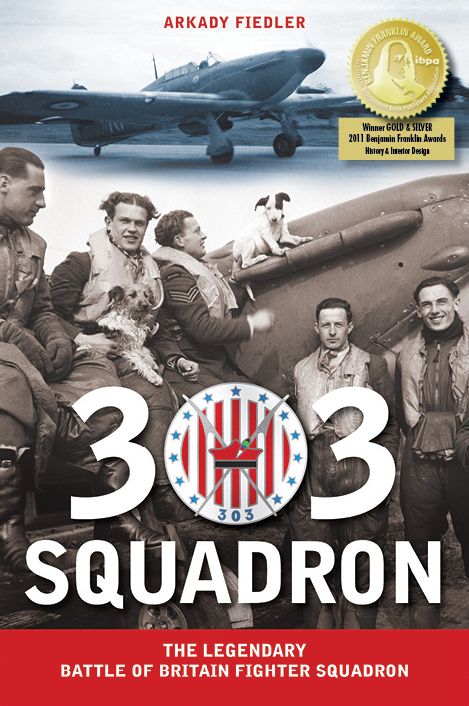
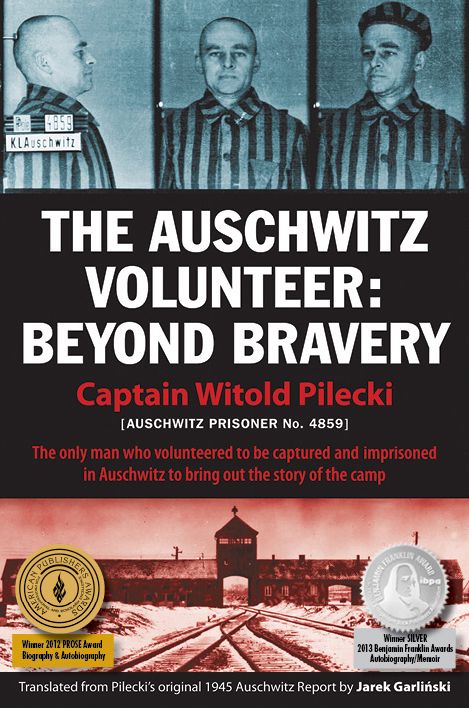
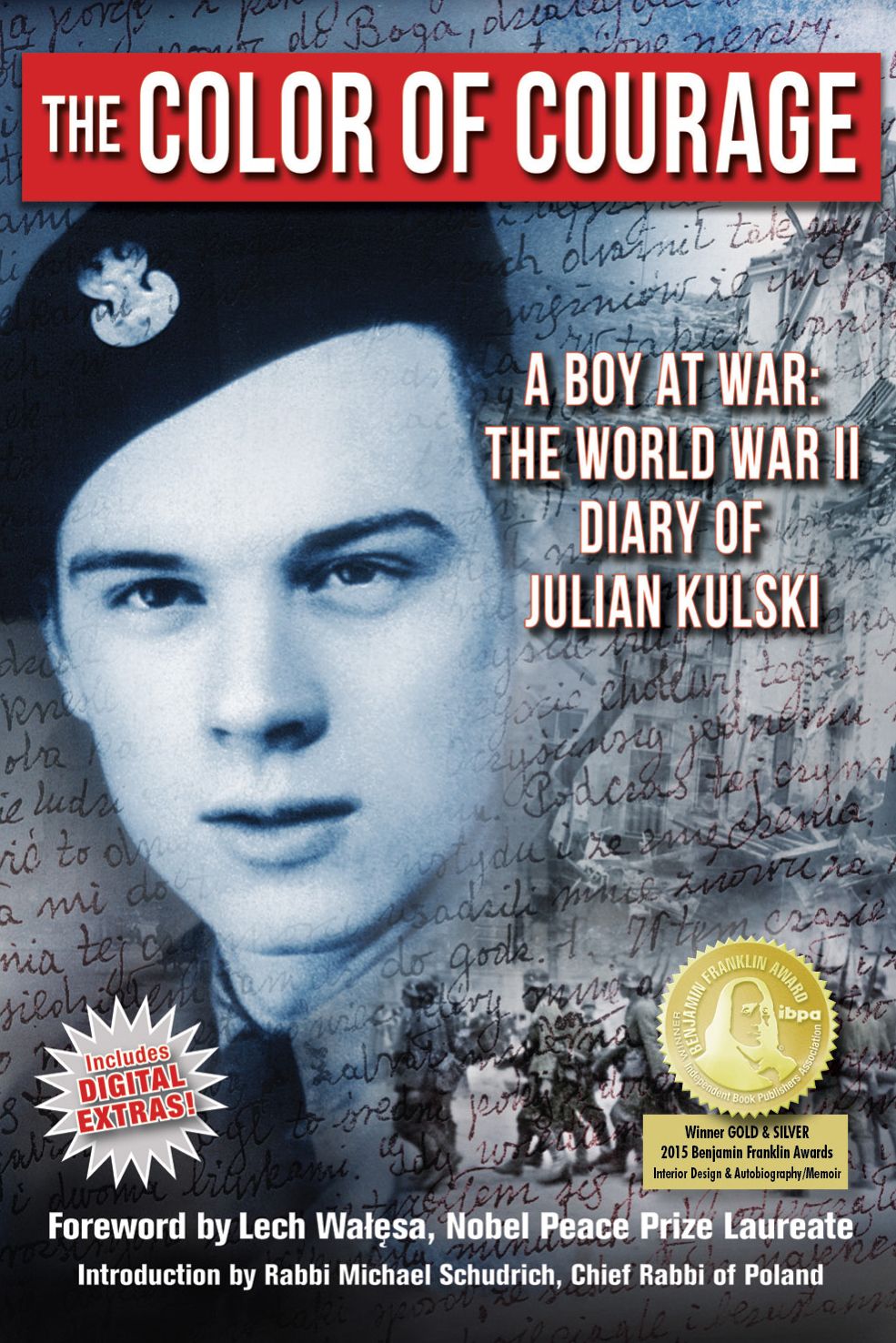

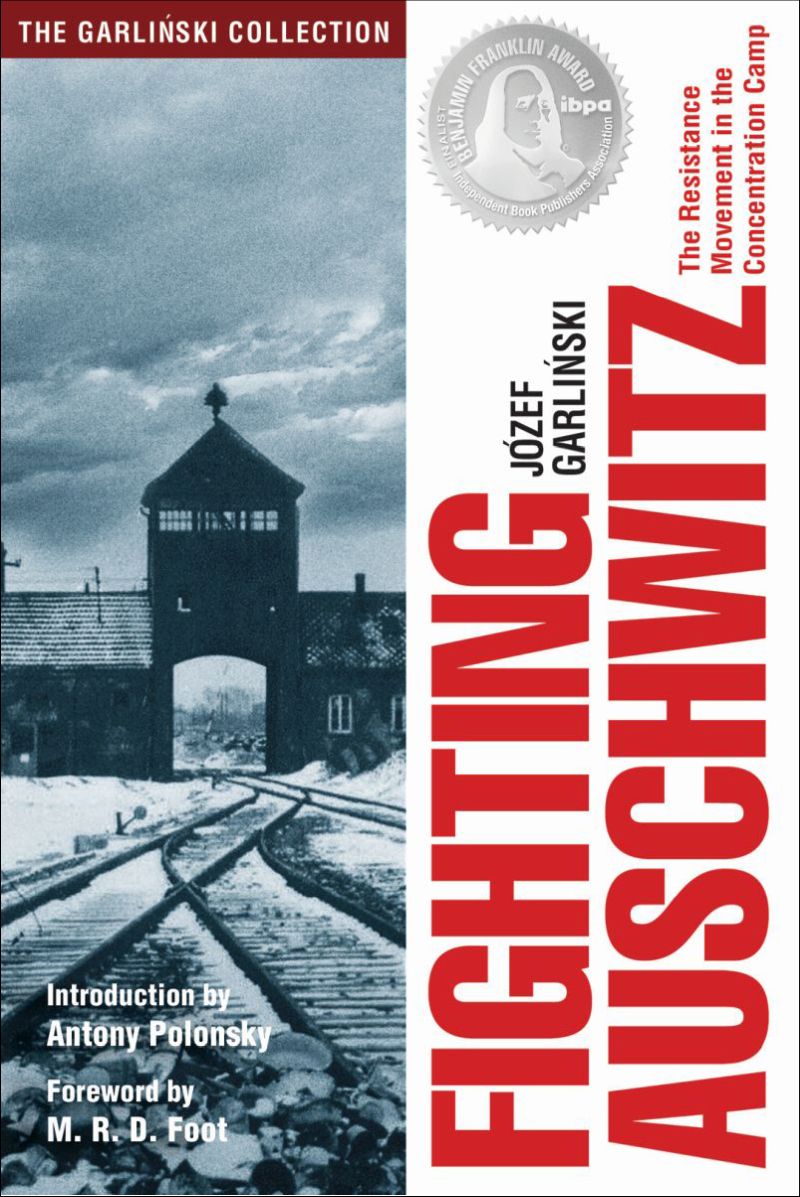

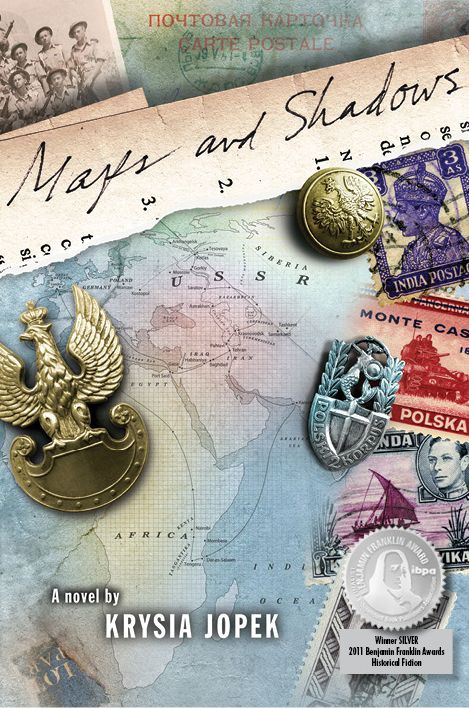
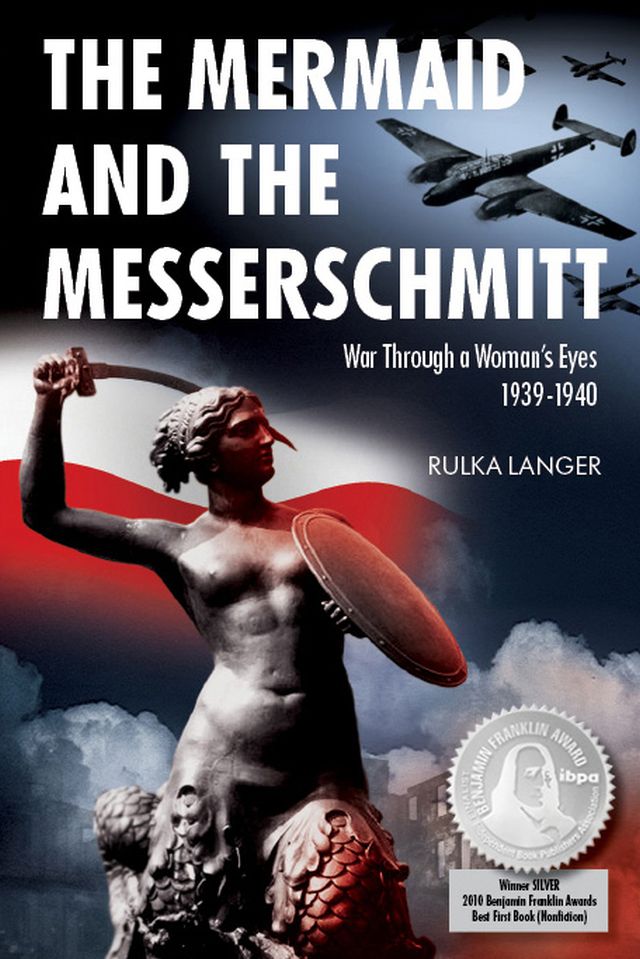
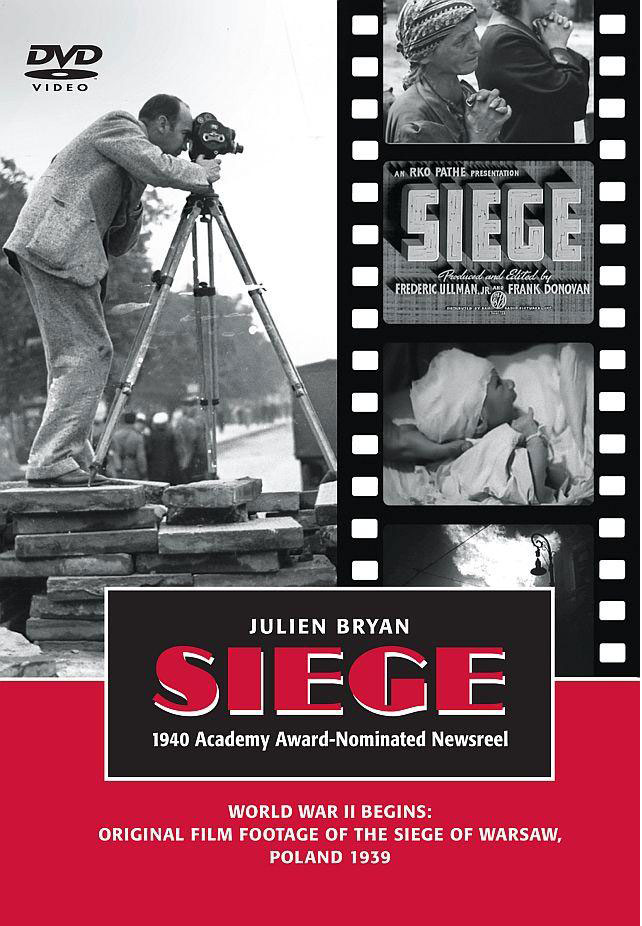
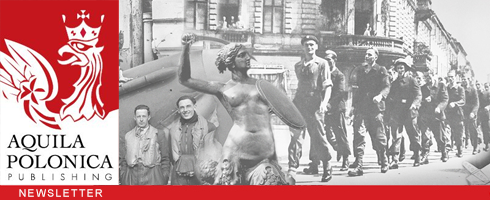
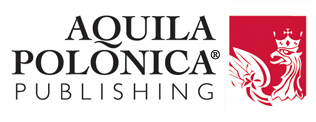
No comment yet, add your voice below!